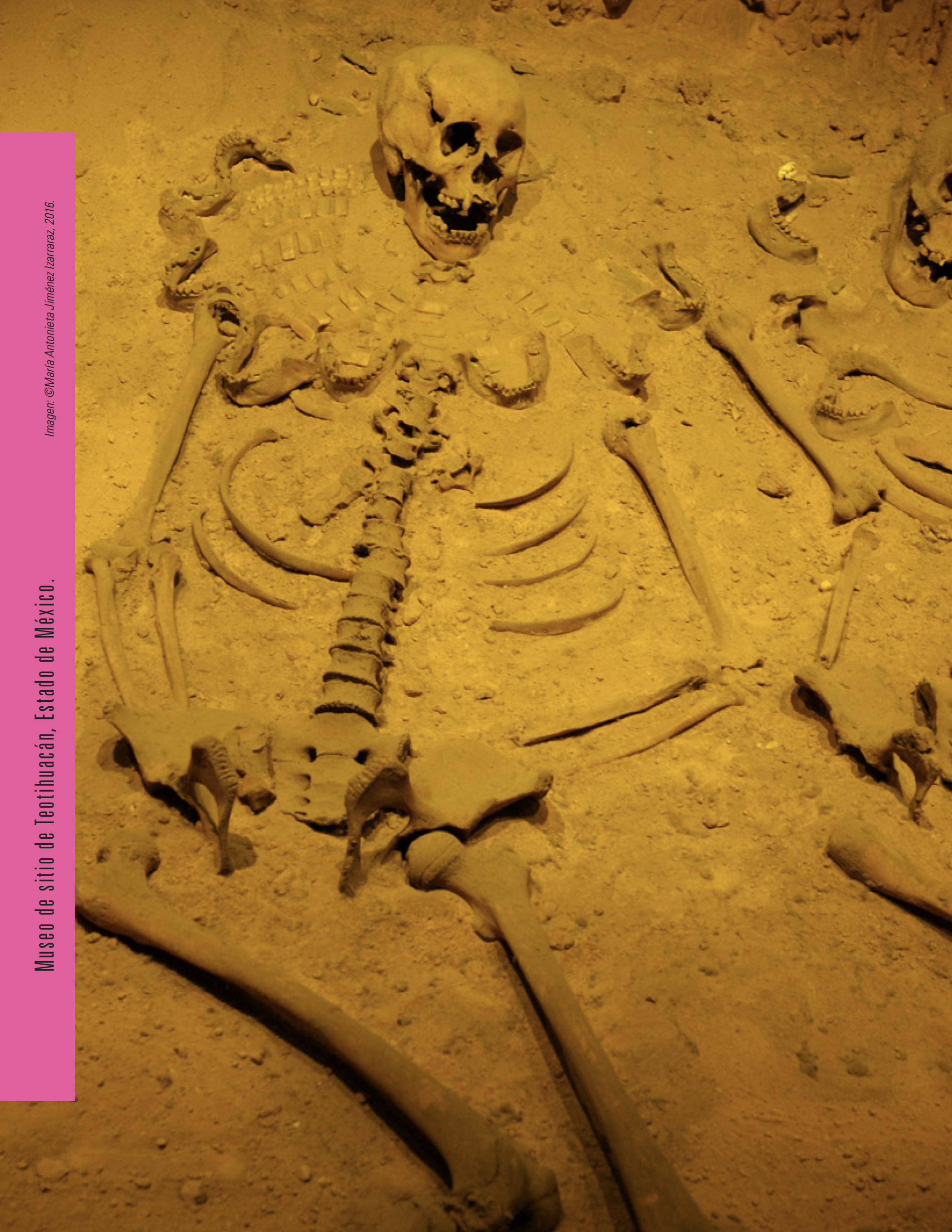Proyectos y actividades

Published 2020-12-04
Keywords
- interpreting how people live,
- anthropology,
- Cultural Heritage interpretation
How to Cite
Cultural Heritage Interpretation: the art of introducing people to people. (2020). CR. Conservación Y Restauración, 19, 9-28. https://revistas.inah.gob.mx/index.php/cr/article/view/15809
Abstract
By nature, human beings are curious about how other humans live, because it gives them information about contrasts and similarities in ways of living. Heritage interpreters can take advantage of this original curiosity to talk about the human diversity that heritage objects represent. With the use of heritage interpretation from an anthropological perspective, heritage can grow in value in the eyes of the society that accesses the stories it has to tell.
Downloads
Download data is not yet available.
References
- Beck, Larry, Beck Cable (1998) Interpretation for the 21st Century, Champaign, Sagamore Publishing.
- Cheryl, Aguilar (2012) Social Learning Theory and Animals: Observational/Imitation Learning [en línea], disponible en: https://iaabc.org/dog/social-learning-theory-and-animals-observational-imitation-learning [consultado el 26 de agosto de 2019].
- Gamio, Manuel (1916) Forjando patria, México, Porrúa.
- Gándara, Manuel (2003) “La interpretación temática: una aproximación antropológica”, en Juan Agudo Torrico, et al., Antropología y patrimonio: Investigación, documentación e intervención, Sevilla, Comares/Junta de Andalucía.
- Gándara, Manuel (2019) comunicación personal, México.
- García Sánchez, Magdalena (2008) Petates, peces y patos. Pervivencia cultural y comercio entre México y Toluca, Zamora, El Colegio de Michoacán/Centro de Investigaciones y Estudios Superiores en Antropología Social.
- Ham, Sam (1992) Environmental Interpretation. A Practical Guide for People with Big Ideas and Small Budgets, Golden, North American Press.
- Ham, Sam (2013) Interpretation: Making a Difference on Purpose, Golden, Fulcrum Publishing.
- Jiménez, Antonieta (2017) Compartiendo el tesoro. Metodología para divulgar la arqueología, Zamora, El Colegio de Michoacán.
- Locke, John (2010) Eavesdropping: An Intimate History, Oxford, Oxford University Press.
- McLeod, Saul (2018) Maslow’s Hierarchy of Needs [en línea], disponible en: https://www.simplypsychology.org/maslow.html [consultado el 8 de agosto de 2019].
- Oliveira, Rui F., McGregor, Peter K., and Latruffe, Claire (1998) “Know thine enemy: fighting fish gather information from observing conspecific interactions”, Proceedings of the Royal Society of London. Series B [en línea], 265 (1401): 1045-1049, disponible en: https://www.researchgate.net/publication/25453908 [consultado el 9 de julio de 2019].
- Stanton, Andrew (2012) The Clues of a Great Story [video en línea], disponible en: https://www.ted.com/talks/andrew_stanton_the_clues_to_a_great_story [consultado el 13 de agosto de 2019].
- Tilden, Freeman (1977) Interpreting our Heritage, Chapel Hill, The University of North Carolina Press.
- Zentall, Thomas (2012) “Perspectives on observational learning in animals”, Journal of Comparative Psychology, (2): 114-128.
- Zion, Michal, y Sadeh, Irit (2007) “Curiosity and open inquiry learning,” Journal of Biological Education, 41 (4): 162-169.
